The values in your multivalue field will be coming from a table in your database.
To return the individual items you need to add .Value to your query field.
For example,
If Table1 contains ID as an AutoNumber and MyLookUpItems as individual items.
| MyLookUpID | MyLookUpField |
|------------|---------------|
| 1 | Alcohol |
| 2 | Smoking |
| 3 | diet |
| 4 | Nutrition |
Table2 contains MyMultiValueField showing multiple values.
| MyMultiValueField |
|-------------------|
| Smoking, diet |
| Alcohol, diet |
To return the individual items you'd use:
SELECT MyMultiValueField.Value
FROM Table2
This would return:
| MyMultiValueField.Value |
|-------------------------|
| diet |
| Smoking |
| Alcohol |
| diet |
You can then link back to the original ID:
SELECT MyLookUpID, MyLookUpField
FROM Table2 INNER JOIN Table1 ON Table2.MyMultiValueField.Value = Table1.MyLookUpID
which would return:
| MyLookUpID | MyLookUpField |
|------------|---------------|
| 1 | Alcohol |
| 2 | Smoking |
| 3 | diet |
If you're not sure which is the source for the multivalue fields open the table in design view and look at the Lookup tab for the field.
The Row Source will look something like:
SELECT [Table1].[MyLookUpID], [Table1].[MyLookUpField] FROM Table1 ORDER BY [MyLookUpField];
Showing that Table1 is the source.
Edit:
Now, having written all that.... just look at the design for the table and the table in the Row Source is the single-value field table you were looking for in your question.

